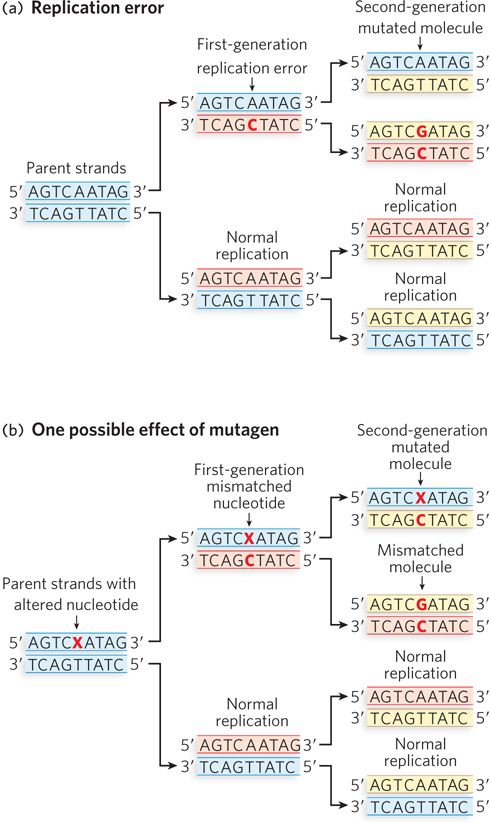
The two- t- d- t-